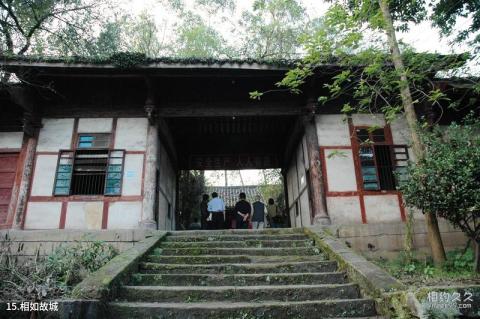
Introduction to Xiangru's old city: The "Zhou Tuji" of the Northern Zhou Dynasty records: "Xiangru County has Xiangruping and Xiangru's former residence, so it is named after the county." Xiao Yan, Emperor Wu of Liang Dynasty in the Southern Dynasty, admired Sima Xiangru very much. For example, Wencai established "Xiangru County" in the sixth year of Tianjian (507 AD) and it has been in use until Hongwu in the Ming Dynasty (1368-1398 AD). Xiangru County has existed for nearly 900 years and has been in existence for more than 1,500 years. history.
Xiangru's ancient city has many relics and rich cultural connotations. There are well-preserved ancient buildings such as the Confucian Temple, the Martial Arts Temple, the City God's Temple, Yuhuan Academy, Xiangru's former residence, and the Dragon God Temple. The old ruins of the Sword Dance Stage, Zhuo Jianshui, Changqing Temple, former residence and other places of interest are clearly visible. The ancient street pattern in Xiangru County is well-preserved, with many famous and ancient trees preserved. Many Ming and Qing folk houses are also intact. The ruins of the ancient city walls and ancient government offices still exist, and several sections of ruins are still visible.
